Make a website with online ordering
- Pick a website builder
- Set up hosting and a domain name
- Create a professional-looking design
- Add your order form
- Connect a payment platform
- Create your call to action
The future of selling is online. When COVID-19 restrictions closed many brick-and-mortar restaurants and storefronts, businesses adapted and encouraged customers to order online. Still going strong, the trend of online shopping is expected to hit $5.5 trillion globally by the end of 2022, up from $4.9 trillion in 2021. But if you’re not a web development expert (and let’s face it, most of us aren’t), how do you make a website with online ordering?
The quickest option is to list and sell your products on third-party websites, like Uber Eats for restaurants or Etsy for craftspeople, but these don’t allow for much customization and often charge substantial fees on each order.
Alternatively, you can create an online store using e-commerce software like BigCommerce or Shopify. These are good avenues for selling, but they are somewhat limiting in terms of how far you can customize the back end and extend the features as your business grows.
Building your own website with website builders like WordPress or Wix offers you the most freedom and flexibility of all the possible options — there’s virtually no limit on the features you can add or how much you can customize your store. However, in many cases, you need to have some website-building experience or knowledge of coding.
If you want to build a website with complex design or functionality, you may need to hire a developer, but many people can set up a simple website with online ordering by themselves — if they use the right platform. In this post, we’ll cover the basics you need to know to start selling online.
How to make a website with online ordering
1. Pick a website builder
If you don’t have experience with website development, it’s best to choose a simple website builder. Options like Weebly and Wix allow you to drag and drop text, images, and videos onto each page, and produce a professional result.
It’s also worth looking at the level of technical support each platform offers in case you need extra help. If you’re comfortable editing code or you plan to work with an expert, a more robust platform like WordPress will give you access to the source code for full customization.
“If you’re planning to sell products online, or think you might be in the future, pick a platform that allows you to add that e-commerce feature set later on,” advises Nat Miletic, founder of Clio Websites.
Some website builders require you to use their built-in features or to connect with a limited selection of online store apps, so it pays to look out for this before you spend time setting up your website.
If you already have an existing WordPress website that lacks e-commerce functionality, and you don’t know enough coding to add it, there is another option. E-commerce tools like Jotform Store Builder enable you to embed an online store into your existing website without having any coding knowledge.
2. Set up hosting and a domain name
Before anyone can visit your website, you need to arrange web hosting and select a domain name.
Web hosting is a service that stores your website and makes it “live” on the internet. Good hosting helps your website load quickly and gives visitors a smooth experience.
Some website builders include hosting for free. With others, you may need to pay a small monthly fee. These services also let you buy a unique website address — this is your domain name.
3. Create a professional-looking design
You shouldn’t underestimate the impact of a well-designed online ordering site. Miletic explains, “If your website looks unprofessional, people are less likely to put in their credit card and make a purchase.”
Most website builders have a range of design themes you can use as a starting point and then customize with text, images, videos, and color schemes. Don’t forget that 56 percent of Google searches take place on mobile devices — so pick a theme that’s mobile responsive and check that your site is readable on the smaller mobile screen.
Jotform Store Builder enables you to customize the design and functionality of your online store without doing the heavy lifting in construction. With over 100 industry-specific online store templates, restaurants and retailers can choose a template that meets their business needs, and then customize the visuals, colors, and other branding elements as they like. Plus, Jotform online stores are mobile friendly.
4. Add your order form
Once your website is ready, you can add your ordering system. There are two main options:
- Plug-ins or apps
These are pieces of software that connect with website builders to provide extra features. E-commerce plug-ins — like WooCommerce and Ecwid — let you add a catalog of products to your website and create individual product pages. To add a plug-in, simply choose one from your website builder’s directory, follow the instructions to install it, and start adding product details.
- Jotform Store Builder
Jotform Store Builder makes it easy to create an online store without any coding. You can add product lists, images, and even how-to videos. With over 80 widgets to choose from, it’s easy to customize your store.
5. Connect a payment platform
Because online payments can be a minefield of sensitive information and legal restrictions, Meletic recommends “outsourcing payments to the experts and integrating with a bigger payment processor. They’re always going to have better security than you would as a small business owner, so it’s worth the extra percentage they charge for their services.”
If you use Jotform Store Builder, you can connect with one of more than 25 payment gateways, including consumer favorites like PayPal, Stripe, Square, Apple Pay, and Google Pay. Security is top of mind at Jotform — our measures include PCI compliance — so customer transactions remain safe. Still another major benefit for businesses is that Jotform doesn’t charge additional transaction fees for payments to your business through your online store.
6. Create your call to action
“Especially if you’re promoting your website and using ads to drive traffic, you need a good call to action to drive potential customers to make a purchase,” Miletic says.
A call to action (CTA) is the text that invites a potential customer to take an action — your CTA might be “Order for pickup” or “Subscribe now.” Include your CTA prominently on your website so it catches visitors’ attention and link it to your order form or product catalog.
Meletic explains, “It will help people find what they’re looking for quickly and in the least amount of clicks possible” (which will also make it easier for them to make a purchase).
You’ve set up online ordering: What next?
Many people think that once they’ve set up their website, they’ll start receiving orders right away. But Miletic says this isn’t the case.
“Your job doesn’t end when you launch your website and put your products up there for purchase,” he cautions. “You really have to promote your products and promote your brand.” Unlike brick-and-mortar stores, which may rely on foot traffic, with online ordering, you need to build your brand through search engine optimization and online marketing to bring customers to your website.
Another effective way to get customers to your online store is with QR codes. Jotform Store Builder makes it easy to create QR codes for your store, which you can place on hard-copy flyers, business cards, and posters. When customers scan the code, they are taken directly to your store — where they can place an order online.


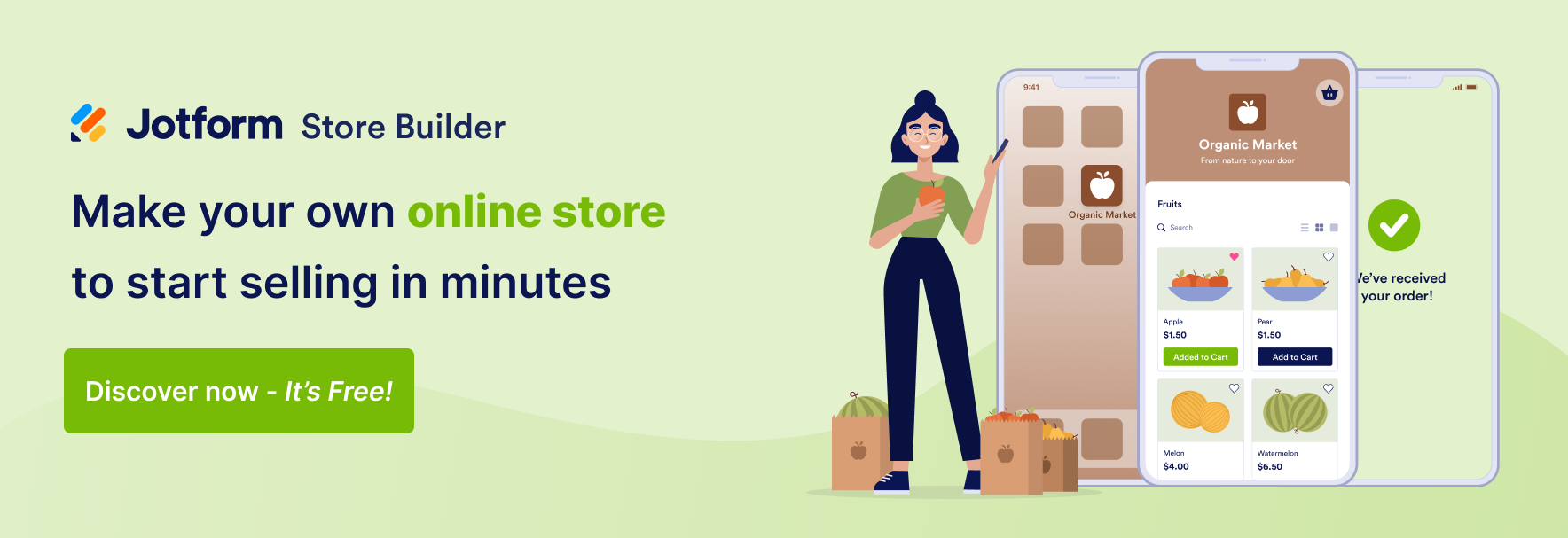



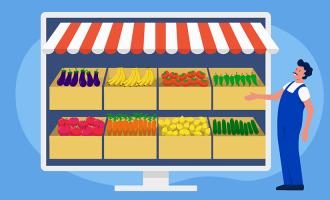






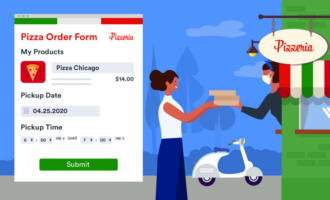
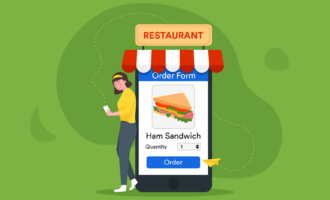







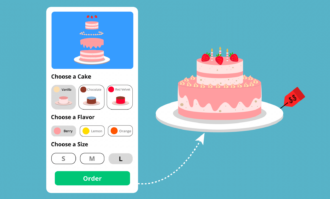





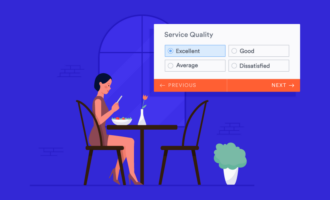


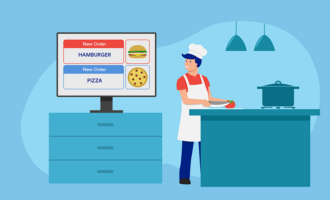

Send Comment:
2 Comments:
More than a year ago
I plan to create a website and app to be the first food&goods delivery service in a high tourism area that has no current option for delivery. Is this something that can be done with you? Sadly I have no experience in website building so this is my main concernn
More than a year ago
Thanks for guides
Superb